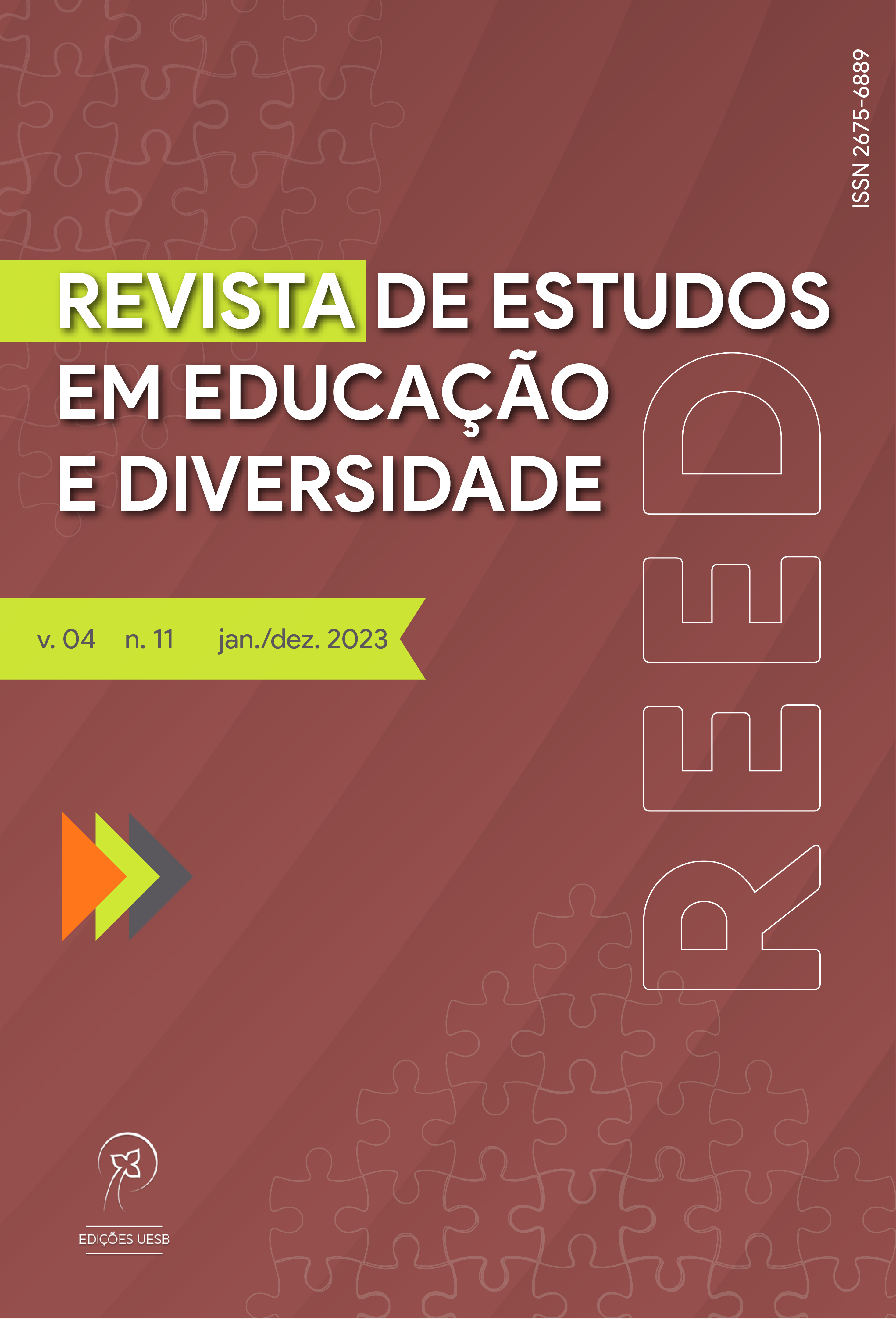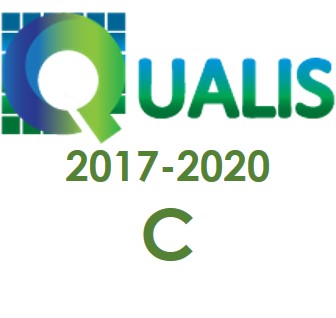Análisis de una secuencia didáctica sobre el equilibrio ácido-base en 2o de secundaria
DOI:
https://doi.org/10.22481/reed.v4i11.14023Palabras clave:
enseñanza de química, docentes en formación, experimentaciónResumen
Este trabajo trata de la creación y análisis de un dispositivo experimental para la enseñanza e investigación de conceptos de equilibrio de soluciones ácido-base en el nivel secundario. El experimento se desarrolló en la disciplina Química, con participantes de una promoción de 2º año de una escuela pública, en la ciudad de Feira de Santana, Bahía. Los estudiantes de la carrera de química realizaron la investigación como docentes e investigadores. Su objetivo fue analizar cómo interactúa el estudiante con un medio específico que contiene un dispositivo experimental, como parte de una estrategia de enseñanza sobre el tema del equilibrio químico ácido-base. La metodología se basó en la elaboración y aplicación de un experimento que consistió en la determinación del 𝑝𝐻 del medio, utilizando un indicador natural. La secuencia didáctica tuvo como objetivo enseñar conceptos y nociones como equilibrio químico, modelo ácido de Arrhenius y sistema tampón. La validación de la secuencia didáctica a partir de la comparación de análisis previos, análisis a priori y a posteriori, después de la experimentación. El marco teórico adoptado se basó en elementos de la metodología de la Ingeniería Didáctica de primera generación, de Michele Artigue (1989), y de la Teoría de las Situaciones Didácticas, de Guy Brousseau (2008). Los análisis de datos experimentales y de la actividad científico jugó un papel fundamental en este proceso, hacia un posible aprendizaje. Los principales resultados de la investigación corroboran las expectativas durante la etapa de validación del método, lo que se verificó en los avances del lenguaje de los estudiantes a través del avance conceptual. Se superaron el 60% de los obstáculos del verbalismo, en los que se dieron las respuestas esperadas, contribuyendo la experimentación a dar significado a los conceptos. Si bien persistieron obstáculos sustancialistas, con sólo un 20% de avance, estos datos revelan que el modelo didáctico probado proporcionó condiciones favorables para el aprendizaje.
Descargas
Citas
ALMOULOUD, S. A. Fundamentos da Didática da Matemática. 2. ed. Editora da UFPR, 2022. v. 1. 344 p.
ARAÚJO, R. B.; DE ABREU, F.; GONÇALVES, D.; IAMAMOTO, Y. I. Sistema tampão emsala de aula: mediações pedagógicas na formação inicial de professores de química. Revista Debates em Ensino de Química, v. 6, n. 2, p. 194-214, 2020.
ARTIGUE, Michèle. Ingénierie didactique. Publications mathématiques et informatique de Rennes, n. S6, p. 124-128, 1989.
BACHELARD, G. A formação do espírito científico: contribuição para uma psicanálise do conhecimento. Rio de Janeiro: Contraponto, 1996. 314 p.
BROUSSEAU, G. Introdução ao estudo das situações didáticas: conteúdos e métodos de ensino. Tradução de Camila Bogéa. São Paulo: Ática, 2008.
GERMANO, J. G. C. Uma proposta de abordagem dos números complexos com o uso do Geogebra. Dissertação de Mestrado. Universidade Federal do Ceará, Centro de Ciências, Programa de Pós-Graduação em Ensino de Ciências e Matemática, Fortaleza, 2016.
NASCIMENTO JUNIOR, J. V. NASCIMENTO, N. M. B. V.; Ensino de conceitos geométricos em artes na escola básica: usos do tangram na metodologia da engenharia didática. Ponta Grossa - PR: Atena, 2020.
POMMER, W. M. Brousseau e a ideia de Situação Didática. SEMA – Seminários de Ensino de Matemática/ FEUSP – 2º Semestre. São Paulo, p. 1-10, 2008.
SKOOG, D. A.; WEST, D. M.; HOLLER, F. J.; CROUCH, S. R. Fundamentos de Química Analítica. 1. ed. de 2006. trad. Marco Tadeu Grassi. São Paulo: Cengage Learning Brasil, 2006.
Descargas
Publicado
Cómo citar
Número
Sección
Licencia
Derechos de autor 2023 Revista de Estudos em Educação e Diversidade - REED

Esta obra está bajo una licencia internacional Creative Commons Atribución 4.0.
Usted es libre de:
Compartir — copiar y redistribuir el material en cualquier medio o formato; Adaptar — remezclar, transformar y construir a partir del material para cualquier propósito, incluso comercialmente. Esta licencia es aceptable para Obras Culturales Libres. La licenciante no puede revocar estas libertades en tanto usted siga los términos de la licencia.
Bajo los siguientes términos:
Atribución — Usted debe dar crédito de manera adecuada, brindar un enlace a la licencia, e indicar si se han realizado cambios. Puede hacerlo en cualquier forma razonable, pero no de forma tal que sugiera que usted o su uso tienen el apoyo de la licenciante.
No hay restricciones adicionales — No puede aplicar términos legales ni medidas tecnológicas que restrinjan legalmente a otras a hacer cualquier uso permitido por la licencia.






